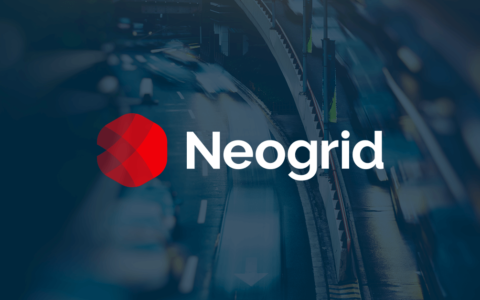
On-shelf availability (OSA) is a primary measure of the performance of any supply chain. An equally essential responsibility is to minimize costs while maintaining that 100% OSA.
Never running out of product is an achievable objective if every segment of the supply chain were to maintain excessive inventory or safety stock to guard against unforeseen circumstances. But this option is extremely expensive and unnecessarily ties up substantial capital, space and other resources.
Traditional Supply Chain
Traditionally, each link of a supply chain operated independently with very little advance communication from the customer. This usually meant the supplier waited for an order to be placed before producing. An order-to-delivery lead-time of several days would result while the product was being produced, packaged and shipped. To ensure continuity of supply, the customer needed to have sufficient inventory to carry through the days until the new product arrived. The longer the lead-time involved, the greater the volume of safety stock that was maintained.
Although maintaining additional inventory as insurance is expensive, the cost of running out of product could be far more damaging.
Why Vendor Managed Inventory (VMI)?
With today’s technology and the potential for real-time data electronic data interchange (EDI), a more collaborative relationship between the suppliers and customers is evolving. Instead of the customer placing orders or “pulling” inventory through the system, a more proactive VMI supply chain allows for each segment of the supply chain to view the sales or inventory draw-down in real time. Vendors can continually monitor and anticipate demand while scheduling replenishment at the optimal time.
The customer can then focus strictly on selling and pass all on-hand inventory responsibilities to the suppliers.
(Learn more about NeoGrid’s VMI Solutions and how we can help you optimize your order and logistics processes.)
Consignment Arrangement
A further sophistication of a VMI supply chain is for the supplier to retain ownership of the products until it is sold by the customer. In a consignment scenario, the customer never takes title to the product and only pays the supplier for each item after it has been sold. This results in a further overall systems savings.
Forecasting
Clearly a VMI customer/supplier relationship is more closely intertwined than the traditional arms-length scenarios. To eliminate surprises, the supplier is not only able to view the unit sales, but they must also be advised of forecasting data, sales promotions or other factors that may influence a change in the rate of future inventory draw-down.




